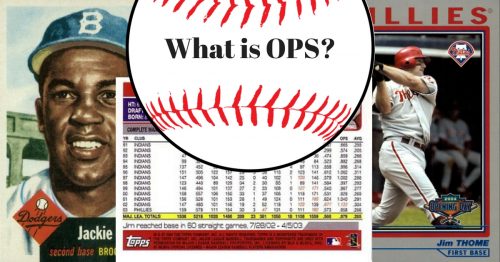Baseball is a beloved sport by millions of Americans, but for those who are new to the game, some of the terminology can be confusing. One term that is often heard in the context of baseball is “whip”. In Major League Baseball, “whip” stands for “walks plus hits per inning pitched”.
This statistic is most commonly used to measure the effectiveness of a pitcher in a game. While the term “whip” may be new to some, understanding it can help to better appreciate the skill of a pitcher and the game of baseball in general.
In this blog post, we’ll go over what “whip” means in Major League Baseball, how it is calculated, and how it can be used to measure a pitcher’s performance. So, if you’re curious to understand what “whip” is in MLB, read on to learn more.
1. Definition of a whip in MLB
In Major League Baseball (MLB), a whip is a statistic that measures a pitcher’s ability to prevent runners from advancing. It is calculated by subtracting a pitcher’s walks plus hits allowed per innings pitched (WHIP) from one. A lower WHIP indicates better performance, as a pitcher who allows fewer base runners will be more successful in preventing runs. The best pitchers will have a WHIP close to one, while pitchers with high WHIPs are more likely to be taken out of the game early.
2. How it is calculated
The whip in MLB is a statistic that measures a pitcher’s ability to prevent base runners from advancing. It is calculated by adding the pitcher’s walks and hits allowed per inning pitched (WHIP). This number provides a measure of how often a pitcher can keep the opposition from reaching base, allowing for a clearer picture of how effective the pitcher is. A pitcher with a low WHIP is one who is successful at preventing runners from getting on base, while a pitcher with a high WHIP is one who is not as successful.
3. Reasons for its importance
Knowing the importance of whip in MLB is essential if you want to understand the game and its players. Here are three reasons why whip is an important statistic for major league teams and players.
First, whip gives a more accurate picture of a pitcher’s performance than just looking at earned runs or strikeouts. It takes into account other factors such as walks, hits, and base runners that can have a significant impact on the outcome of a game.
Second, whip can be used to compare pitchers from different teams. Since it is a cumulative statistic, whip makes it easier to compare the performance of a pitcher on different teams or to compare players from different eras.
Finally, whip is a great way to identify and track trends in a pitcher’s performance. Teams can use whip to see if a pitcher’s control or command is improving or declining. This can help teams make better decisions about which players to acquire or trade.
4. Examples of its application
The whip in MLB is a statistic used to measure a pitcher’s effectiveness. It is calculated by dividing the number of walks and hits allowed per inning pitched (WHIP) by the number of innings pitched. A pitcher with a low WHIP is more effective, whereas a pitcher with a high WHIP is more susceptible to giving up runs. The whip is often used to compare pitchers to one another and to evaluate their overall performance.
Examples of the whip in MLB include:
1. Comparing two pitchers’ WHIPs to determine the better pitcher
2. Examining a pitcher’s WHIP over the course of a season to evaluate their consistency
3. Determining the effectiveness of a relief pitcher by comparing their WHIP to their ERA
4. Using WHIP to predict a pitcher’s performance in a specific game situation

5. Strategies for improving a team’s whip score
Improving a team’s whip score is an important aspect of any successful baseball team. A good whip score can be the difference between winning and losing games. Here are five strategies for improving a team’s whip score:
1. Increase offensive production: The key to having a good whip score is having a strong offense. Teams should focus on increasing batting average, on-base percentage, and other offensive statistics.
2. Use strong bullpen pitchers: Teams should look for pitchers with good strikeout-to-walk ratios and low earned run averages. This can help to reduce the amount of runs scored against the team and lead to a lower whip score.
3. Take advantage of home field advantage: Home field advantage can be a huge factor in improving whip score. Teams should use their home stadium to their advantage by playing at the right time and using the weather conditions to their advantage.
4. Utilize defensive shifts: Defensive shifts can be a great way to increase a team’s whip score. By placing players in the right defensive positions, teams can minimize the amount of runs scored against them.
Conclusion
In conclusion, the whip statistic is an important tool for MLB analysts and coaches. It helps us understand how much a pitcher’s control has improved or declined over time and can be used to identify pitchers who may be in line for a breakout season.
The whip is also useful in evaluating the performance of relief pitchers, as it helps to identify the pitchers who are able to throw more strikes and limit the number of base runners. With the help of whip, teams can now get a better understanding of the performance of their pitchers and make better decisions when making roster changes.




